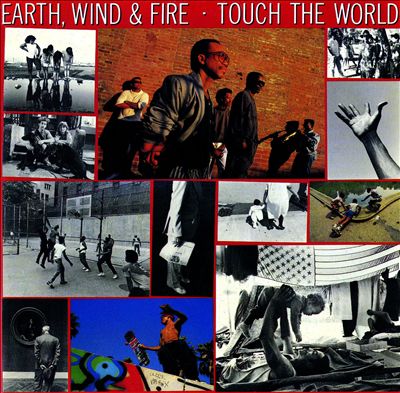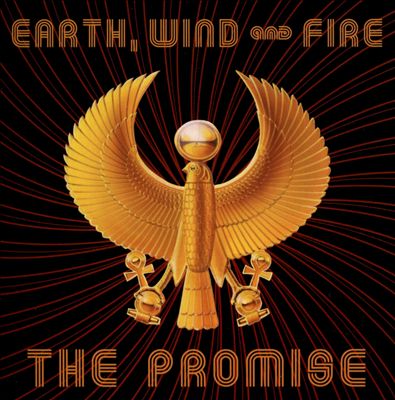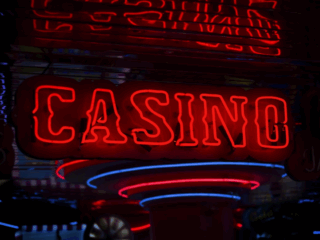
The Earth, Wind & Fire band was a popular funk and soul group in the 1970s. They are best known for their hits “September,” “Shining Star” and “Boogie Wonderland.”
Earth, Wind & Fire is a band that was formed in Chicago in the late 1960s. They have achieved worldwide success with songs such as September, Shining Star, and Boogie Wonderland.
Earth, Wind & Fire was a musically talented, critically acclaimed, and financially successful funk band from the 1970s. EWF’s all-encompassing musical vision, conceived by drummer, conductor, composer, kalimba player, and sometimes singer Maurice White, utilized funk as its basis, but also included jazz, smooth soul, gospel, pop, rock & roll, psychedelia, blues, folk, African music, and disco later on. With his ability to vocal romantic ballads in addition to funk exercises, lead singer Philip Bailey offered EWF an additional depth; behind him, the band could harmonize like a smooth Motown group, work a simmering groove like the J.B.’s, and improvise like a jazz fusion ensemble. Their live performances were often as lavish and spectacular as George Clinton’s P-Funk empire. EWF’s eclecticism was part of a larger idea inspired by a cosmic, mystical spirituality and an uplifting optimism not seen since the early days of Sly & the Family Stone, which had not been seen since the early days of Sly & the Family Stone. Maurice White’s excellent songwriting tied it all together, with his complex, unexpected arrangements and solid command of melodies and structure making EWF one of the tightest funk ensembles around. While not everything they attempted worked, at their finest, Earth, Wind & Fire seemed to combine all that had come before them into one dizzying, magnificent package.
Earth, Wind & Fire was established by White in Chicago in 1969. He had previously worked as a session drummer for Chess Records, where he contributed to songs by Fontella Bass, Billy Stewart, and Etta James, among others. He’d taken over for Redd Holt in the Ramsey Lewis Trio in 1967, and it was there that he was exposed to the kalimba, an African thumb piano that he would utilize extensively in subsequent ventures. He quit Lewis’ band in 1969 to establish a songwriting duo with keyboardist Don Whitehead and vocalist Wade Flemons. This soon developed into the Salty Peppers, who signed with Capitol Records and had a regional success with “La La Time.” After a follow-up failed, White relocated to Los Angeles with the majority of the band, renaming them Earth, Wind, and Fire after the three elements in his astrological charts. The band included Whitehead, Flemons, female vocalist Sherry Scott, guitarist Michael Beal, tenor saxophonist Chet Washington, trombonist Alex Thomas, and drummer Yackov Ben Israel by the time White persuaded his brother, bassist Verdine White, to join him on the West Coast in 1970. In late 1970, this group secured a new contract with Warner Bros. and released their self-titled first album. Despite a growing following on college campuses and a high-profile gig performing the soundtrack to Melvin Van Peebles’ groundbreaking Black independent film Sweet Sweetback’s Baadasssss Song, many critics found it intriguing and ambitious, as did its 1971 follow-up, The Need of Love. Despite a growing following on college campuses and a high-profile gig performing the soundtrack to Melvin Van Peebles’ groundbreaking Black independent film Sweet Sweetback’s Baadasssss Song, neither
 White disassembled the initial version of EWF in 1972, dissatisfied with the results, keeping only his brother Verdine. With female vocalist Jessica Cleaves, flute/sax player Ronnie Laws, guitarist Roland Bautista, keyboardist Larry Dunn, and percussionist Ralph Johnson, he put together a new lineup; the most important new addition, however, was singer Philip Bailey, who was recruited from the Denver R&B band Friends & Love. Clive Davis signed the group to CBS after hearing them perform for John Sebastian in New York. Their first album, Last Days of Time, was released in 1972. Laws and Bautista left before the end of the year, and were replaced by reedman Andrew Woolfolk and guitarists Al McKay and Johnny Graham. It was at this point when EWF really found their stride. Head to the Sky (Cleaves’ last album with the band) greatly expanded their cult following, and Open Our Eyes (released in 1974) was their first real success. It was their first time working with Charles Stepney, a producer, arranger, and sometimes songwriting partner who helped them simplify their style for broader appeal; it also included another White brother, Fred, who was brought in as a second drummer. Although mainstream radio shied away from its Black pride undercurrent, the song “Mighty Mighty” became EWF’s first Top Ten success on the R&B charts, and the minor hit “Kalimba Story” introduced Maurice White’s fascination with African sounds to the radios. Open Our Eyes was certified gold, paving the way for the band’s breakout success.
White disassembled the initial version of EWF in 1972, dissatisfied with the results, keeping only his brother Verdine. With female vocalist Jessica Cleaves, flute/sax player Ronnie Laws, guitarist Roland Bautista, keyboardist Larry Dunn, and percussionist Ralph Johnson, he put together a new lineup; the most important new addition, however, was singer Philip Bailey, who was recruited from the Denver R&B band Friends & Love. Clive Davis signed the group to CBS after hearing them perform for John Sebastian in New York. Their first album, Last Days of Time, was released in 1972. Laws and Bautista left before the end of the year, and were replaced by reedman Andrew Woolfolk and guitarists Al McKay and Johnny Graham. It was at this point when EWF really found their stride. Head to the Sky (Cleaves’ last album with the band) greatly expanded their cult following, and Open Our Eyes (released in 1974) was their first real success. It was their first time working with Charles Stepney, a producer, arranger, and sometimes songwriting partner who helped them simplify their style for broader appeal; it also included another White brother, Fred, who was brought in as a second drummer. Although mainstream radio shied away from its Black pride undercurrent, the song “Mighty Mighty” became EWF’s first Top Ten success on the R&B charts, and the minor hit “Kalimba Story” introduced Maurice White’s fascination with African sounds to the radios. Open Our Eyes was certified gold, paving the way for the band’s breakout success.





Earth, Wind & Fire is a band that has been around for over 40 years. They have released many albums and songs. Their genre of music is funk-dance-soul. Reference: earth, wind and fire genre.
Frequently Asked Questions
Is Earth Wind and Fire touring in 2021?
Is Earth Wind and Fire still alive?
Earth Wind and Fire is still alive.
Where is Earth Wind & Fire?
Earth Wind & Fire is an American band that was formed in Chicago in the late 1950s. They are best known for their album, The Greatest Hits of Earth, Wind & Fire.
Related Tags
- earth, wind and fire
- earth wind and fire live
- earth wind and fire youtube
- earth, wind and fire las vegas 2021
- earth, wind and fire wiki









